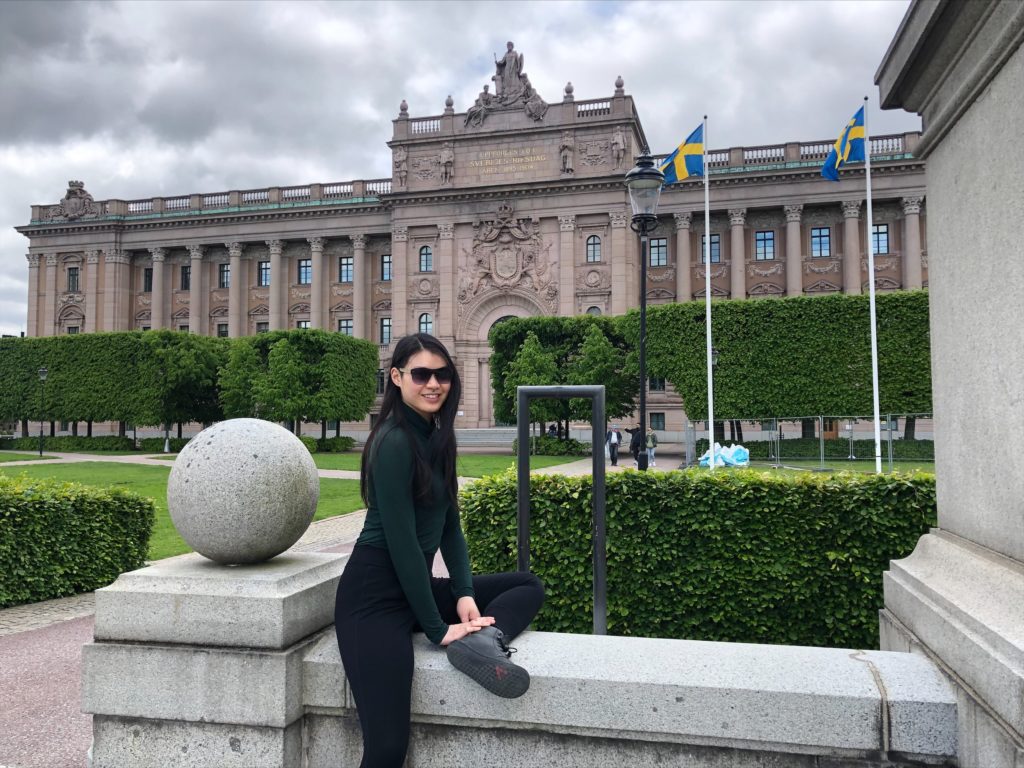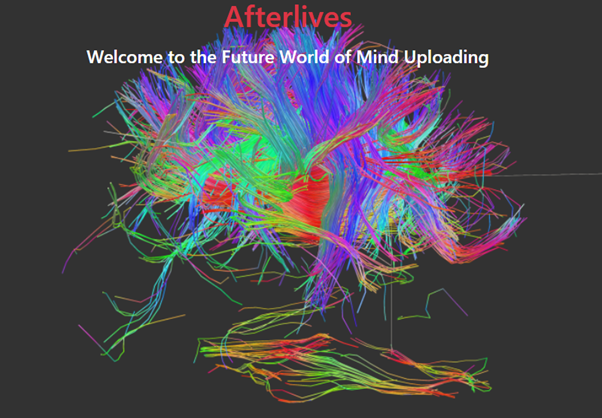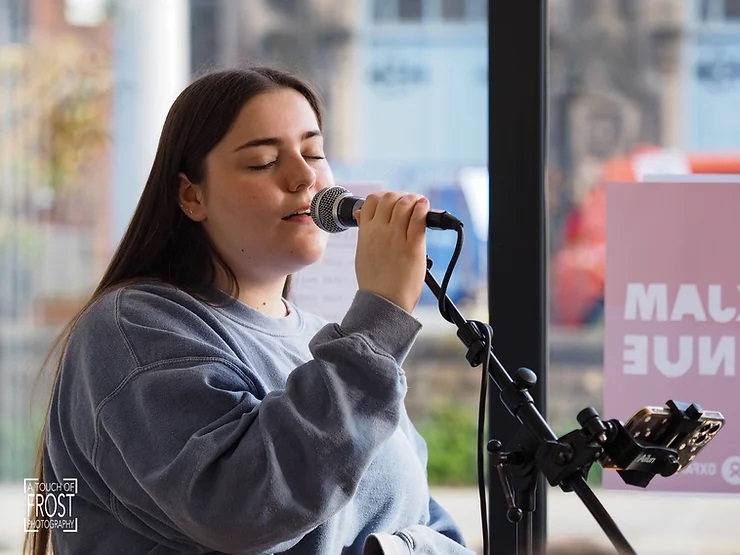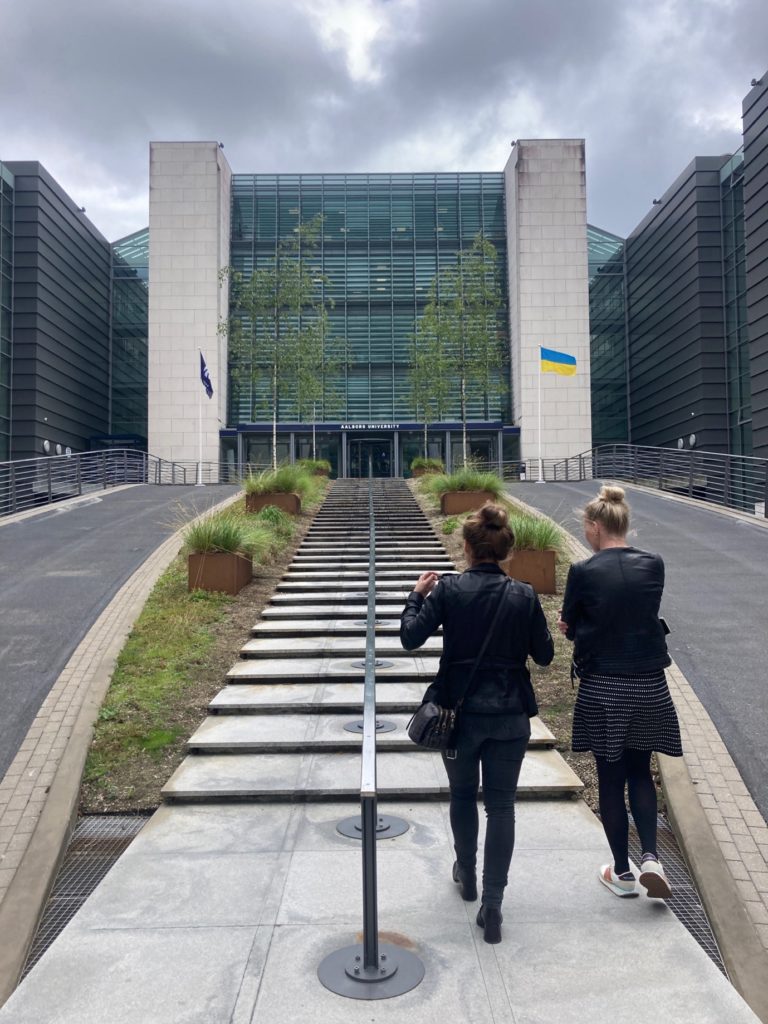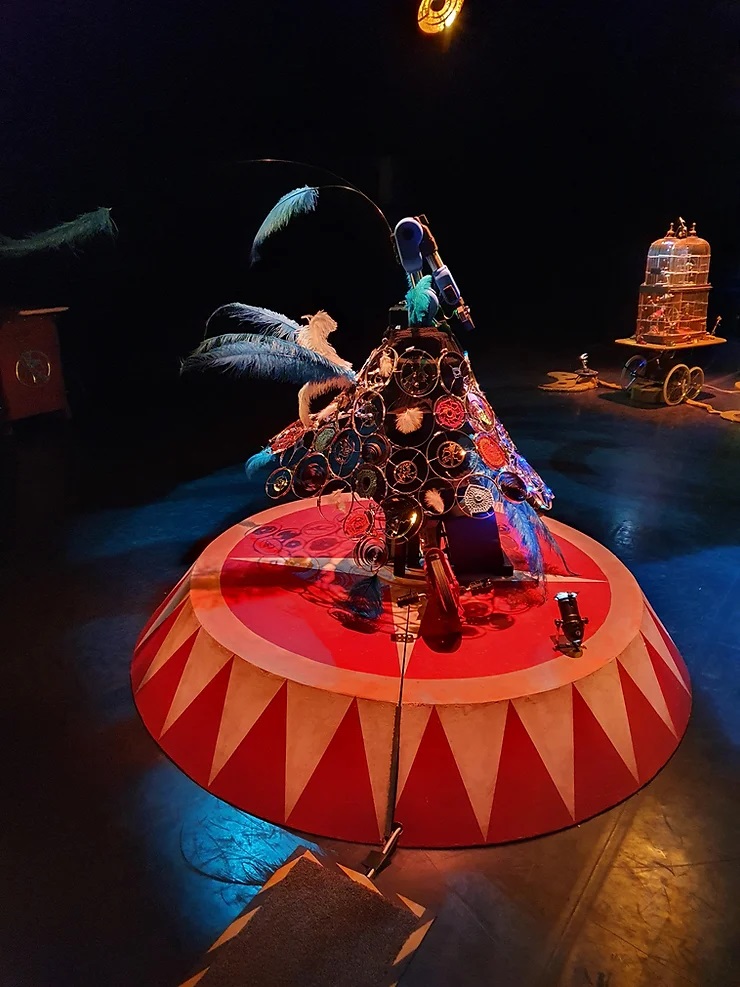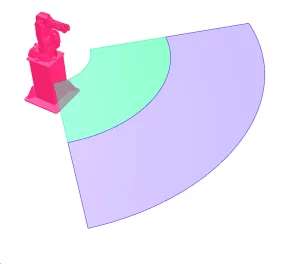post by Keerthy Kusumam (2017 cohort)
I published my conference paper, ”Unsupervised face manipulation via hallucination” in the International Conference on Pattern Recognition. The paper focused on a generative computer vision method to alter the pose and expression of a facial image in an unsupervised manner. I spent several months conducting experiments, analyzing the results, and discussing our findings. I received valuable feedback from my supervisors, which helped us to improve the quality of our work.
After the initial submission, I received comments from reviewers who provided suggestions for revisions. I took these comments into consideration and worked hard to make the necessary changes. This process was challenging as well as rewarding in the end. The paper was accepted to be presented as an oral presentation at the conference. The reception of our paper was quite positive and received several questions and comments from attendees. This was a valuable opportunity for me to network and receive feedback.
The motivation behind writing my conference paper was to explore the current state of face manipulation technology and to identify potential future directions for research in this area. As a 2nd year PhD student, I wanted to demonstrate my knowledge and understanding of the field, as well as contribute to the use of generative AI in face manipulation tasks. My main objective was to present a comprehensive overview of the current state of the field and to identify areas that could benefit from further research, especially behavioural monitoring in affective computing. In these areas, data is limited, and the use of generative AI can synthesize realistic data for further analysis.
I approached the research process by first conducting a thorough literature review to understand the current state of face manipulation technology and to identify gaps in the current research. I then used various research methods, such as conducting interviews with experts in the field and collecting data from various sources, such as academic journals, conference proceedings, and online forums. I also conducted experiments to validate some of my findings.
My key findings showed that the field of face manipulation is rapidly advancing and that there are many promising areas for future research. I discovered that there are various technical and ethical challenges that must be addressed to ensure that face manipulation technology is used responsibly. These findings impacted my original objectives by reinforcing the need for further research in this area and by highlighting the importance of responsible development and use of face manipulation technology.
I presented my research in the conference paper using a clear and concise writing style, and by using various visual aids, such as diagrams, graphs, and tables, to help illustrate my points. I also used a logical structure, with clear introductions, conclusions, and recommendations, to ensure that my ideas were easily understood by the conference audience. I also made sure to clearly state my findings and to provide context for each of the points I was making. The contributions were accompanied by experimental evidence.
One of the main challenges I faced while writing the conference paper was ensuring that my research was comprehensive and up-to-date. To overcome this, I made sure to regularly consult with my supervisors and to gather feedback from my peers. I also took the time to review relevant literature and to stay informed about the latest developments in the field.
As a result of writing the conference paper, my understanding of the topic of generative computer vision methods has deepened, and I have gained a better appreciation for the complex and rapidly evolving nature of this field. I have also gained a deeper understanding of the technical and ethical challenges that must be addressed to ensure responsible development and use of face manipulation technology.
The feedback I received from the conference audience was quite positive. Many attendees commented on the comprehensiveness of the research. Some attendees suggested areas for further research, which I have since incorporated into my future plans, especially in using this method to anonymize face datasets.
Overall, my conference paper on unsupervised face manipulation via hallucination was a valuable experience that allowed me to contribute to the field of generative computer vision and gain valuable insights into the complex nature of this field. The research process allowed me to deepen my understanding of the technical and ethical challenges that must be addressed in order to ensure responsible development and use of face manipulation technology.




